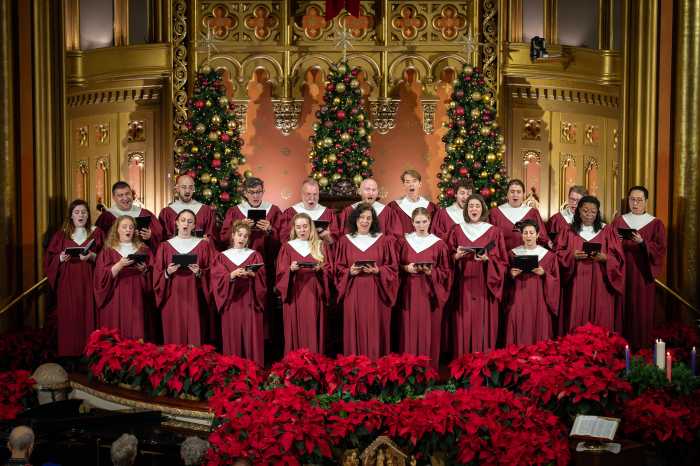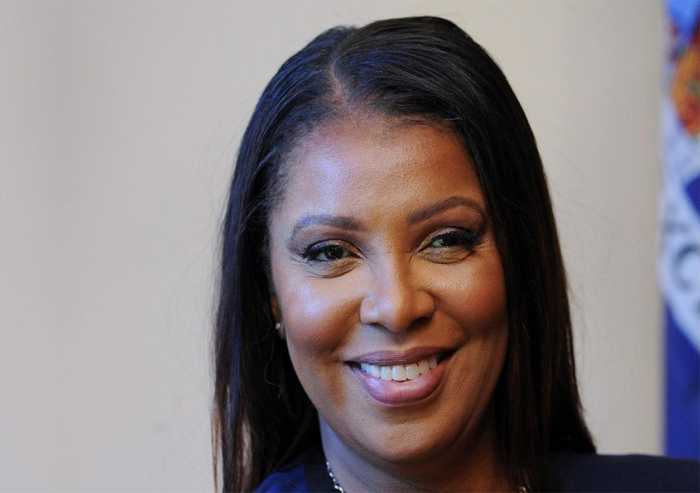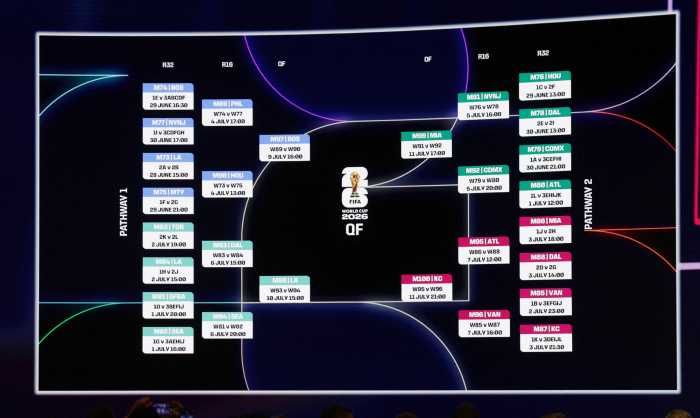Reed Luplau and Ryan Steele in Alan Brown’s “Five Dances.” | PALADIN
Gay filmmaker Alan Brown has never been a dancer, but his exceptional new film “Five Dances,” set in the modern dance world, shows his acumen for telling stories through movement and body language. Filmed largely in a studio on Grand Street in Soho, this hypnotic drama showcases four dancers and a choreographer working on a routine for an upcoming performance. The fascinating characters slowly reveal themselves — expressing themselves through their passions — over the course of the film.
Chip (Ryan Steele) is an 18-year-old dancer from Kansas whose mother wants him to return home. Katie (Catherine Miller) is a seasoned performer who takes care of Chip, while Theo (Reed Luplau) initiates a relationship with him. The other dancer, Cynthia (Kimiye Corwin), has been having an affair with the choreographer, Anthony (Luke Murphy). All of the actors are professional dancers, and most of them are making their feature film debut here.
Over coffee at Doma Café in the West Village, Brown talked about what appealed to him about making this film.
Alan Brown captures the passion and allure of five dancers creating their art
“It was a spectacular opportunity to enter a world I would otherwise never be allowed in,” he explained. “I’ve always loved dance — modern and ballet.”
Jonah Bokaer, the film’s choreographer and a former dancer for Merce Cunningham, Brown said, “has been a friend for 13 to 14 years. So when the idea of doing this came about, it was a lovely opportunity to work with him.”
Bokaer created the abstract dance for the film a week before shooting. Brown didn’t want the choreographer to see the script, and the filmmaker made no comments on the dance. Brown explained that he and Bokaer had agreed on only a few criteria: that it would be five parts, that there would be a solo for Steele, and a duet as well.
Because the dance is shot in an almost documentary style — and practiced and performed over the course of the film — it becomes the overriding narrative of “Five Dances.” Brown admitted this strategy only truly emerged in the editing room.
“Once we started getting into the dance, that’s all we wanted to edit,” he recalled. “Dance took precedence; the narrative was secondary. We approached it as movement, action, and narrative. There were scenes we shot, but we cut them and substituted dance because it told the story in a much better way.”
One of the compelling ways in which dance is shown to communicate feeling comes in a highly erotic scene between Chip and Theo, which was the first time Brown shot two men making love for a film. He candidly discussed the logistics of this.
“The film was about their bodies and their physicality,” he explained. “We were clear about the sex being part of the dance — it was shot like that.”
Despite this clarity of vision, the scene was challenging for Brown.
“What I discovered in shooting it was that I was more uncomfortable than anyone else,” he said. “We had to direct it moment by moment. It’s the most choreographed piece in the film.”
Brown spoke at length about the decision to include a sex scene in “Five Dances.”
“I was popping my cherry with filming sex because I was thinking, ‘How often do you see a gay couple making love on the screen?,’ he said. “I wanted to see that, to create that — two guys making love.”
The filmmaker immediately had the support of his actors in moving forward with the scene.
“The sex scene wasn’t in the script, but I approached Ryan and Reed, who are both young and openly gay,” he said. “I had this big political speech planned — the politics of what we were doing, and why. It was important for me to articulate it. I called them both up, and before I could say anything, they said ‘Okay.’ They are dancers and very comfortable with their bodies. It was not an issue for them.”
The decision to film two gay men erotically was the logical outgrowth of Brown’s choice in casting two male dancers who were gay in “Five Dances.”
“I was reacting to the people I had,” he said. “When I hired Ryan, I really started re-conceptualizing the story based on his character. There were a lot of aspects of that came out of long conversations with him — the tattoo on his foot and the ‘Man in the Mouth’ [a vocal trick the actor does]. All of these things were part of Ryan. I invented stories — he went to military school. They informed the character.”
Steele carries the film with his terrifically complex portrait of a young man who is innocent and hesitant but also determined. His acting here is as accomplished as his dancing, and he will engage viewers profoundly.
“I clearly articulated that when the film was over I wanted people to love the characters and the momentum,” Brown said. “I wanted people not to want to leave.”
The filmmaker succeeds admirably.
FIVE DANCES | Directed by Alan Brown | Paladin | Opens Oct. 4 | Cinema Village, 22 E. 12th St. | cinemavillage.com














